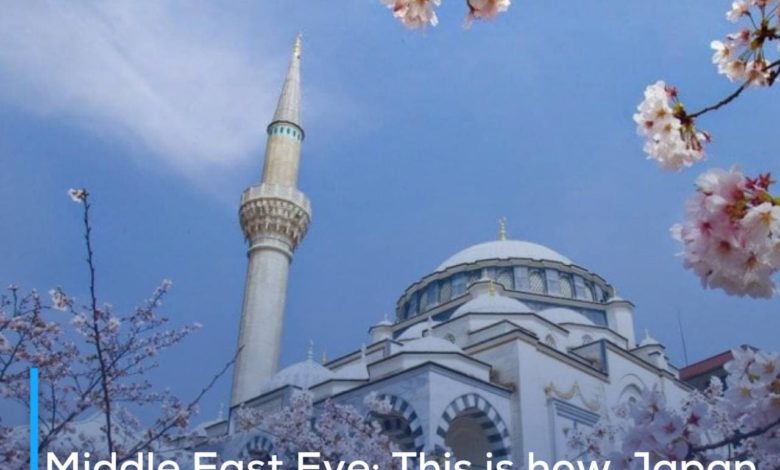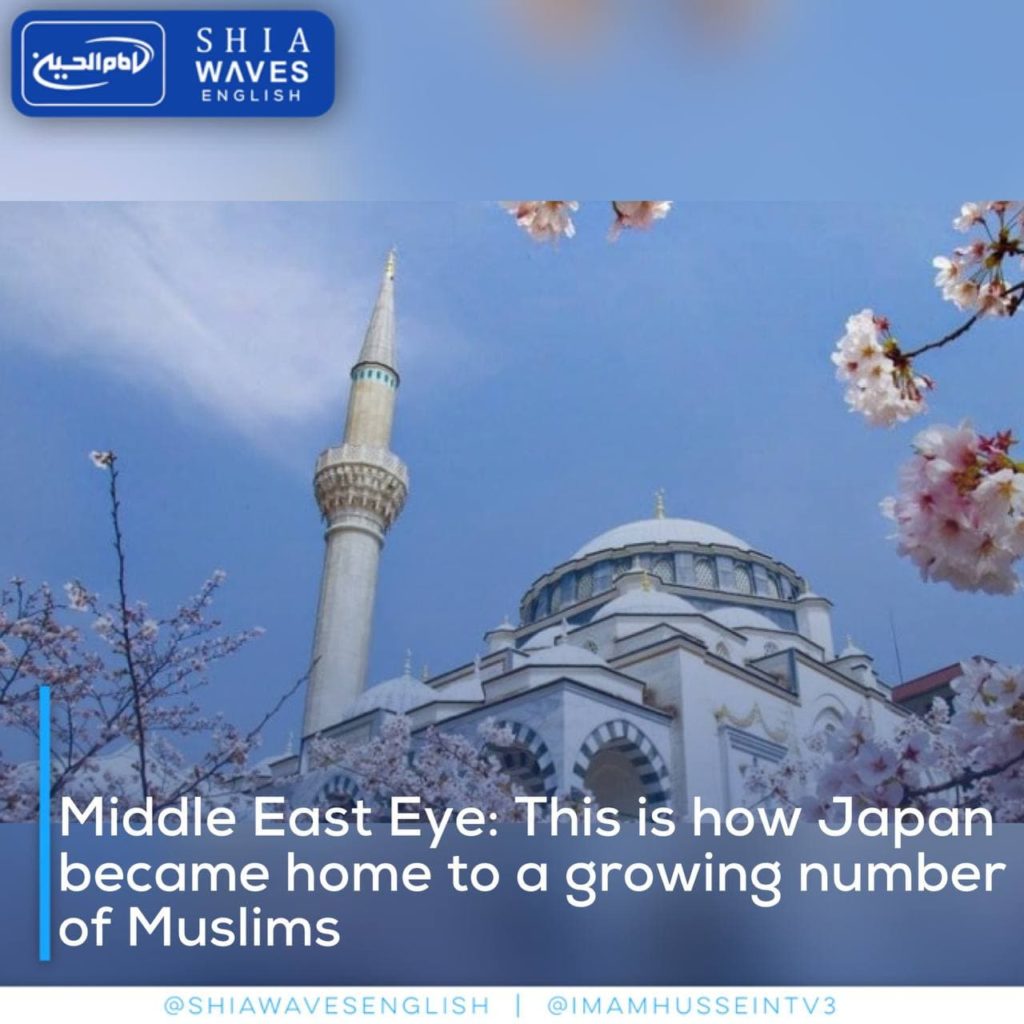

The British Middle East Eye website published a report in which it monitored the increasing number of Muslims in Japan, explaining that the matter is not only related to immigrants, but also to Japanese converts to Islam.
The report stated that the number of mosques increased from 4 in the eighties of the last century to 110 today, and the city of Kobe was home to the first mosque in Japan, built in 1935.
The largest mosque in the country, known as “Tokyo Kami” was built 3 years later in 1938 by the Tatar Turks, then renovated and opened in 2000, and the main mosque in Tokyo accommodates up to 1,200 worshippers.
MEE quoted the Japanese expert on Islamic affairs, Professor Hirofumi Tanada, that the number of Muslims in the Japanese archipelago ranged between 110 thousand and 120 thousand Muslims in 2010.
He added that the number doubled to reach about 230 thousand in 2020, about 183 thousand of them are non-Japanese – most of them are from Indonesia, Pakistan and Bangladesh – and Arab Muslims make up about 6000 of them, while about 46 thousand are Japanese Muslims.
The report said that despite the huge increase in the number of Muslims, they still represent a very small percentage of Japan’s total population, with more than 126 million people (the country’s population) following the majority of Shinto and Buddhism.
Tanada linked the increase in the number of Muslims in the country to an increase in immigration, and said that Muslim immigrants flocked to Japan to work, study and settle, and attributed the increase in Japanese conversion to Islam for marriage.
Tanada believes that Japan must adapt to this demographic change and work for multicultural coexistence, and insists on the need for more interaction between cultures.
Middle East Eye: This is how Japan became home to a growing number of Muslims
The British Middle East Eye website published a report in which it monitored the increasing number of Muslims in Japan, explaining that the matter is not only related to immigrants, but also to Japanese converts to Islam.
The report stated that the number of mosques increased from 4 in the eighties of the last century to 110 today, and the city of Kobe was home to the first mosque in Japan, built in 1935.
The largest mosque in the country, known as “Tokyo Kami” was built 3 years later in 1938 by the Tatar Turks, then renovated and opened in 2000, and the main mosque in Tokyo accommodates up to 1,200 worshippers.
MEE quoted the Japanese expert on Islamic affairs, Professor Hirofumi Tanada, that the number of Muslims in the Japanese archipelago ranged between 110 thousand and 120 thousand Muslims in 2010.
He added that the number doubled to reach about 230 thousand in 2020, about 183 thousand of them are non-Japanese – most of them are from Indonesia, Pakistan and Bangladesh – and Arab Muslims make up about 6000 of them, while about 46 thousand are Japanese Muslims.
The report said that despite the huge increase in the number of Muslims, they still represent a very small percentage of Japan’s total population, with more than 126 million people (the country’s population) following the majority of Shinto and Buddhism.
Tanada linked the increase in the number of Muslims in the country to an increase in immigration, and said that Muslim immigrants flocked to Japan to work, study and settle, and attributed the increase in Japanese conversion to Islam for marriage.
Tanada believes that Japan must adapt to this demographic change and work for multicultural coexistence, and insists on the need for more interaction between cultures.






